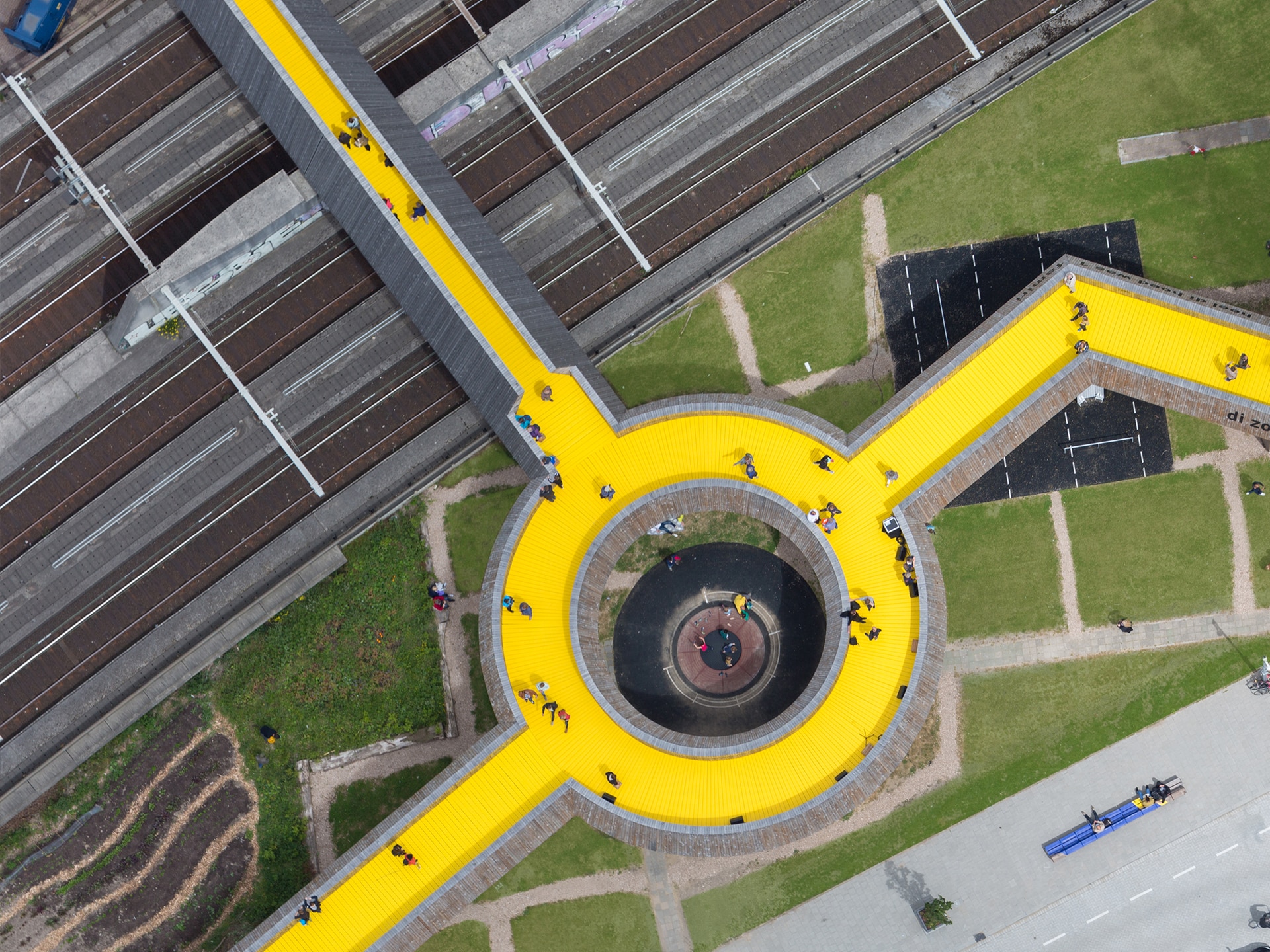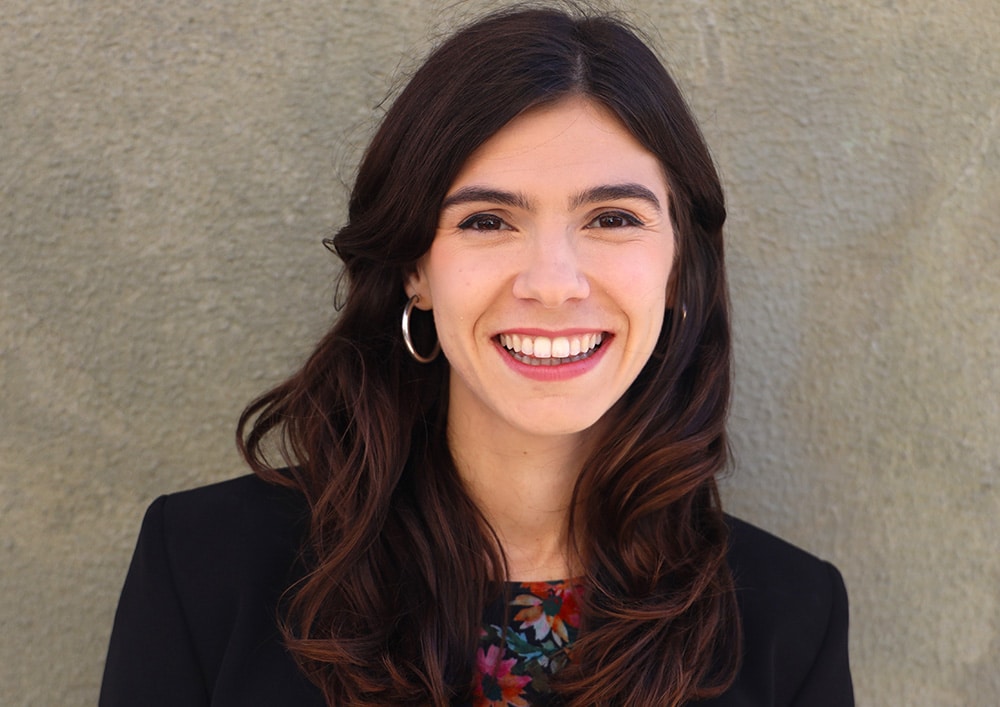How we live. How we work. How we interact. How we develop. What we expect. Where we spend our time. All of this looks very different to 20 years ago. Our work and personal lives are integrating, our communities are evolving, and our lifestyles are changing.
In our new publication, In parallel, we explore how the four main characteristics that make a great workplace are the same as those that make a great community, only at different scales.
Lifestyles are changing.
All the characteristics that make a great community or workplace are related to our behaviour. We behave in similar patterns – and have similar preferences and needs – in large scale urban or community contexts as we do in intimate workplace scale environments. However, our life and work are now blending more than ever, and the needs of our communities and our workplaces shifting. The office building is not necessarily where all work activities take place, nor is the building reserved for work only. The 9-to-5 in an office is neither the reality, or the future, for most individuals, as they either work longer or less hours, take work with them anywhere, work anytime.
This paper outlines the parallels and similarities of key design elements that contribute to and make great communities and workplaces.
In-between spaces
These are the spaces away from the desk or office that support alternative ways of working. Not only are they often the most memorable spaces, they also define and reflect the culture, aesthetic and management style. In some organisations these can take up to 70% of the space. The key to their success is in activating them and in teaching people how they can be used.
Adaptability
When the only constant is change, you need to ensure what you create now can adapt to your future needs with ease, low investment and minimal disruption.
Destinations
Spaces, amenities and functions are destinations within a space or in a building that encourage people to move about, interact and have chance encounters with colleagues. As a space planning strategy, they drive a more collaborative culture. Journeys created to and from destinations can be an expression of your brand or your values, for employees and clients alike.
Blurred boundaries
Managing families, further education, personal admin, health and fitness can’t be compartmentalised into just life outside of work. This interplay of work and personal life both within office spaces and hours, and outside of them, is a dynamic that should be discovered and supported through policies, initiatives, design and services.
Successfully integrating these characteristics into the workplace takes a considered approach. There are many lessons to garner from what makes thriving communities work and exploring them in a workplace. The parallels will continue to be relevant as they respond to how we as people are behaving, and to the lifestyles we are creating for ourselves. Putting people at the heart of workplace strategies and design reaps benefits for organisations, individuals, the communities we build within the workplace, and those outside of it.



